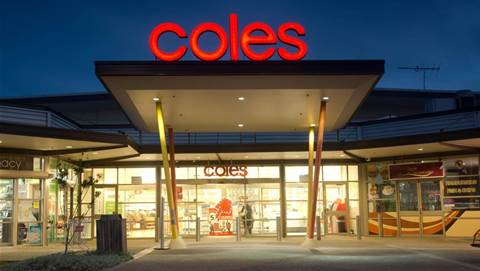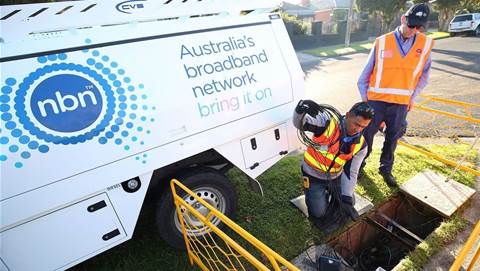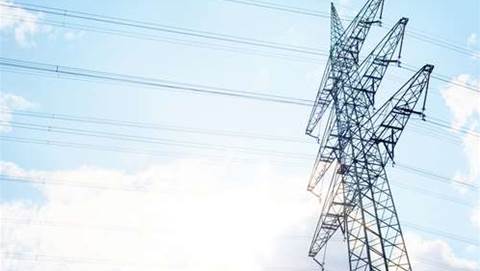The CommBank Household Spending Intentions (HSI) Index rose 9.2 percent in March from a month earlier, with strong gains in transport, travel and retail helping lift the index to a record high of 117.1.

The HSI Index reading for March beat December’s previous monthly record print of 116.4, in a sign that Australia’s economy has shaken off the weakness observed at the start of the year.
While January spending intentions declined due to the spread of the Omicron variant and seasonal factors, the rebound first observed in February data has gained momentum in March. On an annual basis, the HSI Index is up 5.7 percent, building on the improvement seen in recent months.
Stephen Halmarick, chief economist at CommBank said, “The stronger March figures underscore our view that the Australian economy has gained considerable momentum by the end of the first quarter, and is set for robust growth in 2022.
“The stronger economic picture is also consistent with our expectations of an RBA rate hike cycle to begin in June, though we expect this cycle to be relatively shallow,” he added.
The Transport spending intentions category posted the strongest gains in March, up 31.8 percent on the month. This was spurred by higher petrol prices and stronger spending intentions across segments including car washes, taxis, trucking and freight services, and car parks.
Spending on public transport, tolls and bridge fees remain lower than last year’s levels, and are still below pre-Covid figures, Halmarick said.
One segment that has been a particular beneficiary from higher spending was service stations, up 30 per cent from March 2021. “Some of that is people returning to working at the office and spending more on fuel, and some of that is the higher petrol price.”
However, this trend is likely to at least partly reverse when the fuel excise cut – announced as part of the Federal Budget – is felt at the bowser, Halmarick said.
“As the halving of the fuel excise is passed through we would expect to see the value of service station spend decline in coming months,” he said.
Travel spending intentions rose 18 percent in March, and are now 43.7 per cent higher than March 2021, in a sign Australians are once again on the move. There were strong gains in spending intentions across travel agencies, airlines, airports and bus lines. Both travel-related transactions and Google searches linked to accommodation and tourist destinations posted meaningful increases in March.
Halmarick said, “While some of these increases can be attributed to people booking getaways for the Easter holidays, the overall rebound is also driven by people feeling more confident to travel despite the ongoing threat of Covid.”
Retail spending intentions rose a strong 12.9 percent in March from a month earlier, partly offsetting some of the weakness caused by Omicron and seasonal factors in January and February. Relative to a year earlier, March retail spending intentions are up 7.1 percent, led by duty free stores, luggage stores, dry cleaners and tailors, department stores, and men’s and women’s clothing stores.




_(20).jpg&h=140&w=231&c=1&s=0)
.png&h=140&w=231&c=1&s=0)



_(26).jpg&w=100&c=1&s=0)

 iTnews Executive Retreat - Security Leaders Edition
iTnews Executive Retreat - Security Leaders Edition












_(1).jpg&h=140&w=231&c=1&s=0)



